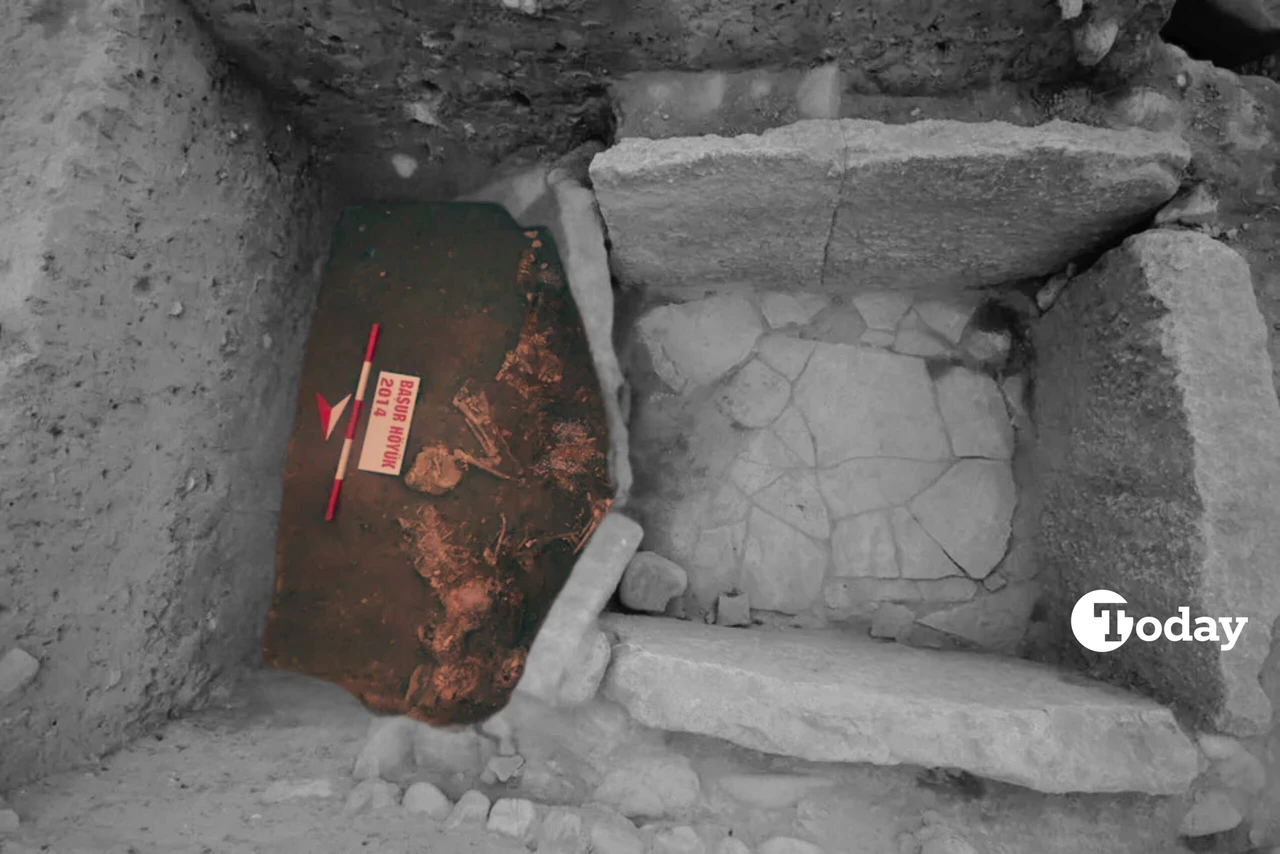Tracing humanity’s earliest writing through 5,500-year-old Mesopotamian seals
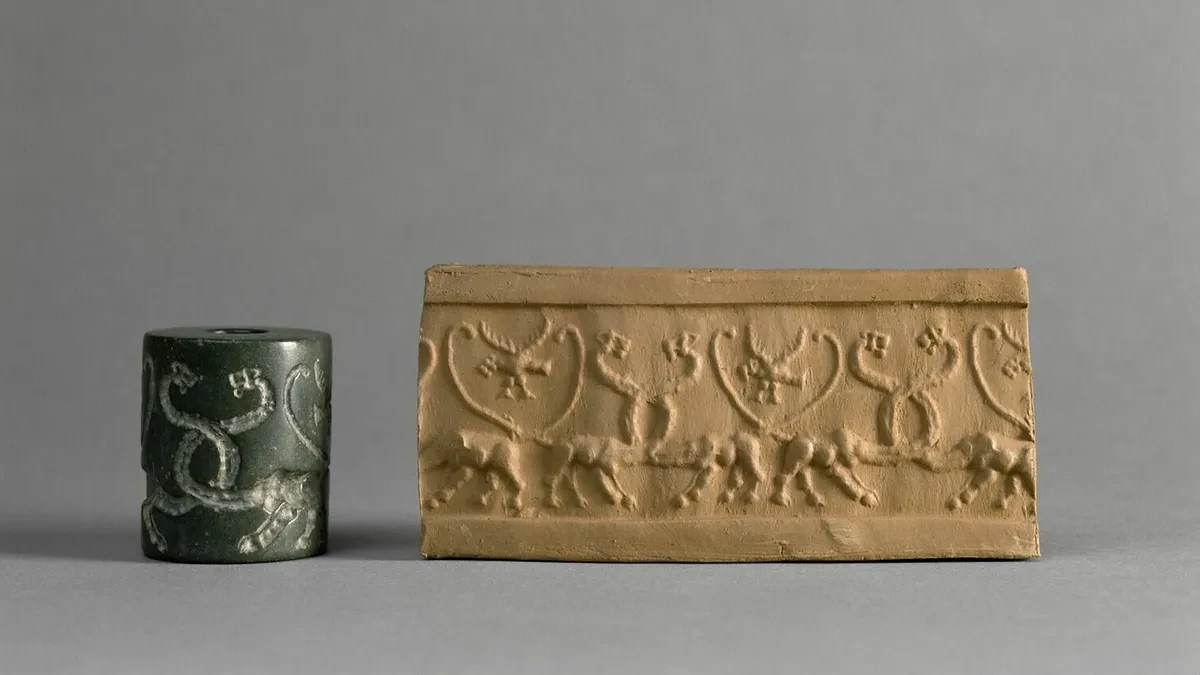 An ancient cylinder seal (left) is shown alongside its impression on a clay tablet (right): Recent study proposes that the symbols on these seals served as precursors to proto-cuneiform, 2001. (Photo via Franck Raux, Musée du Louvre)
An ancient cylinder seal (left) is shown alongside its impression on a clay tablet (right): Recent study proposes that the symbols on these seals served as precursors to proto-cuneiform, 2001. (Photo via Franck Raux, Musée du Louvre)
Recent discoveries reveal that ancient cylinder seals used in Mesopotamia around 5,500 years ago played a foundational role in the development of the earliest writing systems.
Researchers from the University of Bologna found a direct connection between the engraved designs on these seals and the proto-cuneiform script, the earliest writing system.
Lead researcher professor Silvia Ferrara said, “The invention of writing marks the transition between prehistory and history, and this study shows how late prehistoric images were integrated into one of the earliest writing systems,” as reported by science news website Live Science.
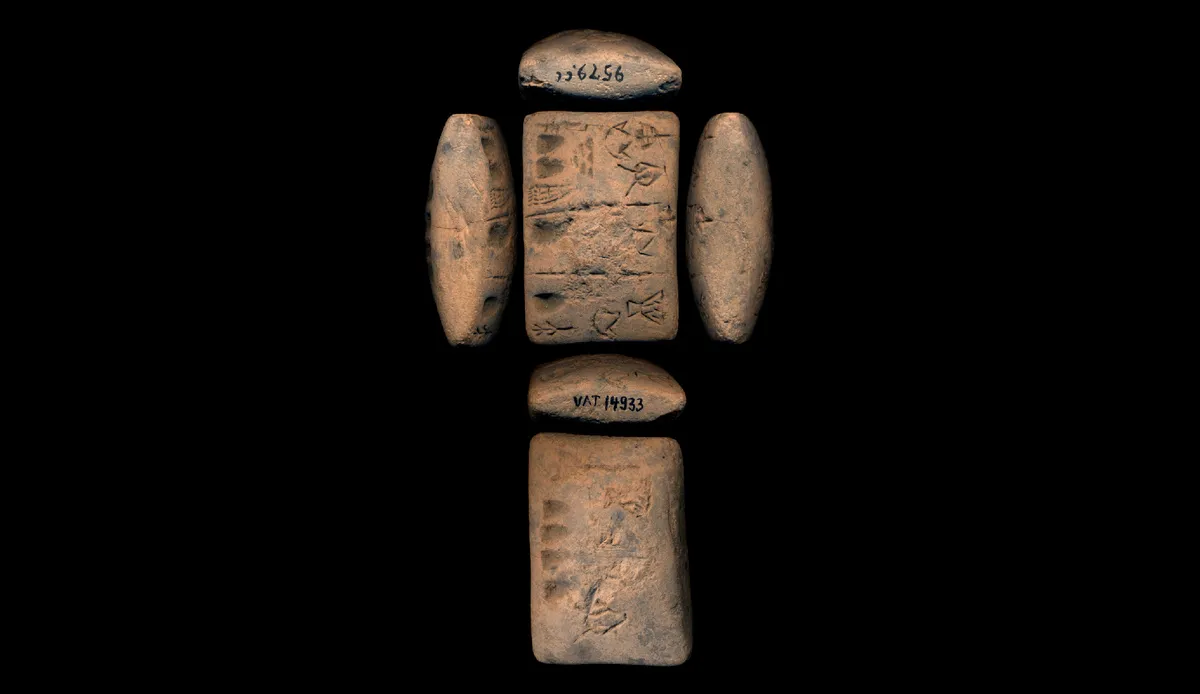
Cylinder seals served as early accounting tools for trade in Mesopotamia
Cylinder seals, used in Mesopotamia since around 4400 BC, predate the emergence of proto-cuneiform by about a thousand years.
These engraved stone cylinders, when rolled onto clay, left impressions that recorded various commodities, especially agricultural and textile goods. By the mid-fourth millennium B.C., merchants used the seals to keep track of production, storage, and trade, creating an early form of the earliest writing for accounting.
Kathryn Kelley and Mattia Cartolano, researchers at the University of Bologna, explain, “We focused on seal imagery that originated before the invention of writing, which continued to develop during the proto-literate period.”
The team found that images related to items in trade evolved into symbols within proto-cuneiform, showing how commercial needs drove the early stages of writing development.
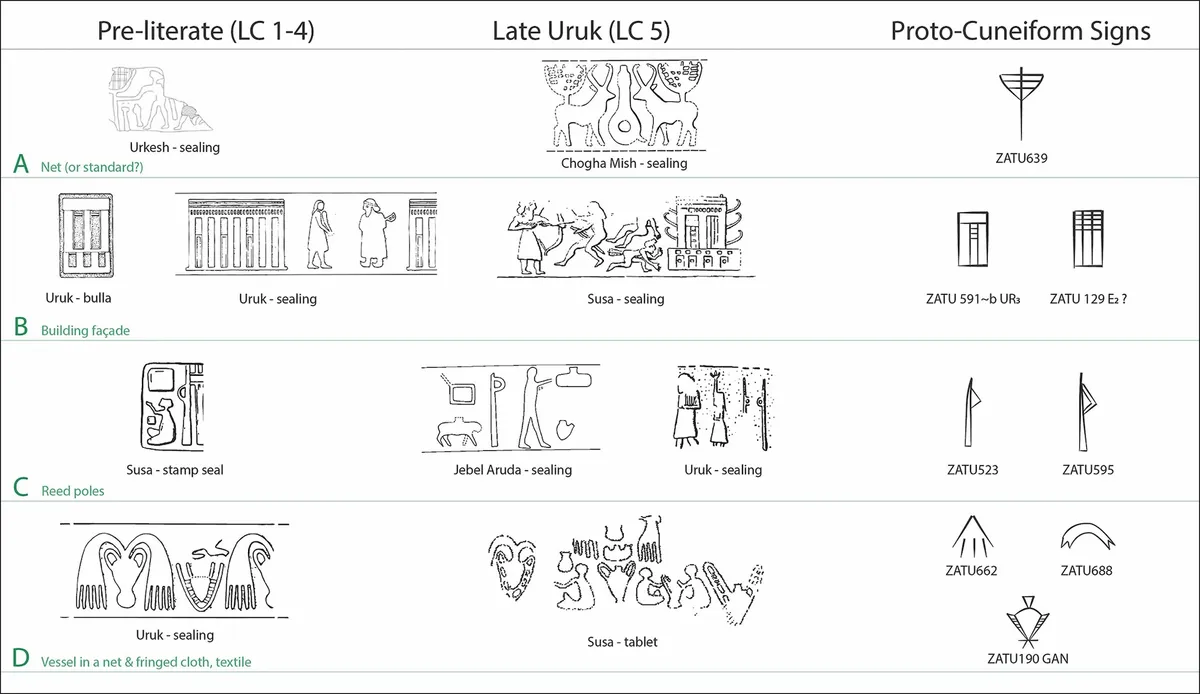
Research connects designs on cylinder seals directly to symbols in earliest writing
The Bologna researchers identified a clear link between cylinder seal designs and the pictographic signs in proto-cuneiform. This archaic form of writing, created around 3100 B.C.E. in the city of Uruk, used hundreds of signs, many of which remain undeciphered.
“Our findings demonstrate that the designs engraved on cylinder seals are directly connected to the development of proto-cuneiform in southern Iraq, showing how meanings were incorporated into a writing system,” Ferrara explains.
Seals displayed images representing textiles, pottery, and other traded goods, which eventually appeared as written symbols in the earliest writing. These discoveries reveal how early symbols associated with trade evolved into a formalized earliest writing system.
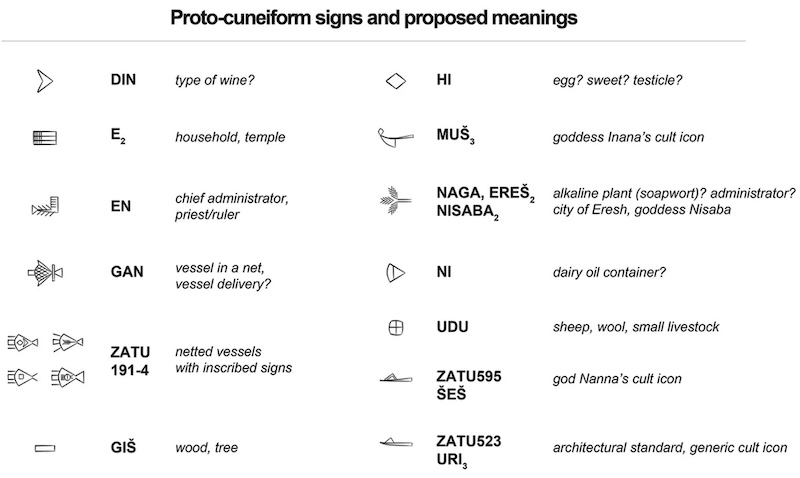
Scholars offer cautious perspectives on the findings but recognize their significance
While this research opens new perspectives on the history of writing, some scholars urge caution. Gordon Whittaker, an anthropologist at Gottingen University, notes that it may be premature to conclude that cylinder seals directly influenced the invention of writing.
Archaeologist Holly Pittman from the University of Pennsylvania, who suggested a similar theory nearly 30 years ago, expressed satisfaction that recent findings align with her earlier work.
The Bologna study promises to advance understanding of ancient texts, as it connects proto-writing symbols to the earliest writing. This connection provides researchers with valuable clues that could help decode many undeciphered signs, shedding light on humanity’s earliest writing systems.
The team hopes their findings will encourage further exploration into how symbolic representations evolved, giving a clearer picture of the origins of the earliest writing in ancient Mesopotamia.
